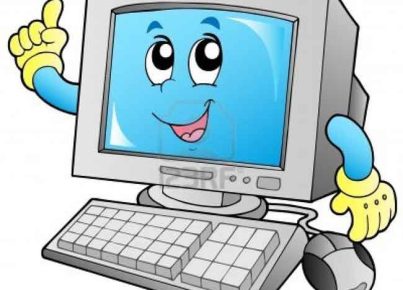Educational inequality exists all around the globe, and Sierra Leone is no exception. Unfortunately, females are behind their male counterparts in literacy rates, and as of 2016, UNICEF reports that 46% of females, who are aged 15-24, are illiterate, while in contrast, 72% of males in the same age group can read and write. The stark difference in causes us to question why there are such barriers that exist for Sierra Leone’s young girls, and a study by Street Child, an NGO, investigated these.
One of the main barriers to education for girls in Sierra Leone is poverty. Forty percent of school-aged girls reported that poverty caused them to drop out or leave school. With minimal resources, families are focused on providing basic needs such as housing, food, clothing, and care to each family member, and because of this, pursuing an education falls on the back burner. Many of these girls are helping to provide these basic needs.
Other significant barriers that this study found were teenage pregnancy, the loss of their primary caregiver to illnesses or accidents (which is typical for these young girls), lack of parental care and encouragement, and overall negative cultural attitudes and beliefs towards girls’ education, among others. With the odds stacked against girls trying to obtain an education in Sierra Leone, it’s clear why there’s such a significant difference in literacy rates between young boys and girls.
The good news is that there are efforts to help provide girls with equal access to education.
According to the Borgen Project, Sierra Leone joined the Global Education Partnership in 2007, and this has tremendously helped the country’s progress towards equitable education. The latest grant with the Global Education Partnership is designed with the objective of “increas[ing] equitable access to education and improve learning outcomes for all boys and girls in pre-primary and primary schools.” They have a slotted timeline of 2018-2022 to work on this strategic plan. With the help of the Global Education Partnership, schools in Sierra Leone will hopefully have significantly more access to different resources that aid the initiatives of providing equity in education.
Sierra Leone is not the only country that faces inequitable education around the globe. Young girls in many other countries are experiencing similar barriers to equal education, but the social movements towards supporting girls’ education worldwide have continued to gain awareness over time. Michelle Obama’s White House initiative, Let Girls Learn, seeks to provide more equitable access to education around the globe as a response to the lack of education that girls receive.
The girls around the world who are not currently in school, as the White House initiative states, “have diminished economic opportunities and are more vulnerable to HIV/AIDS, early and forced marriage, and other forms of violence. When a girl receives a quality education, she is more likely to earn a decent living, raise a healthy, educated family, and improve the quality of life for herself, her family, and her community.”
Education should be treated as a fundamental human right. With the right initiatives and the move towards equitable access to education worldwide, we can accomplish this right for young girls around the world.



